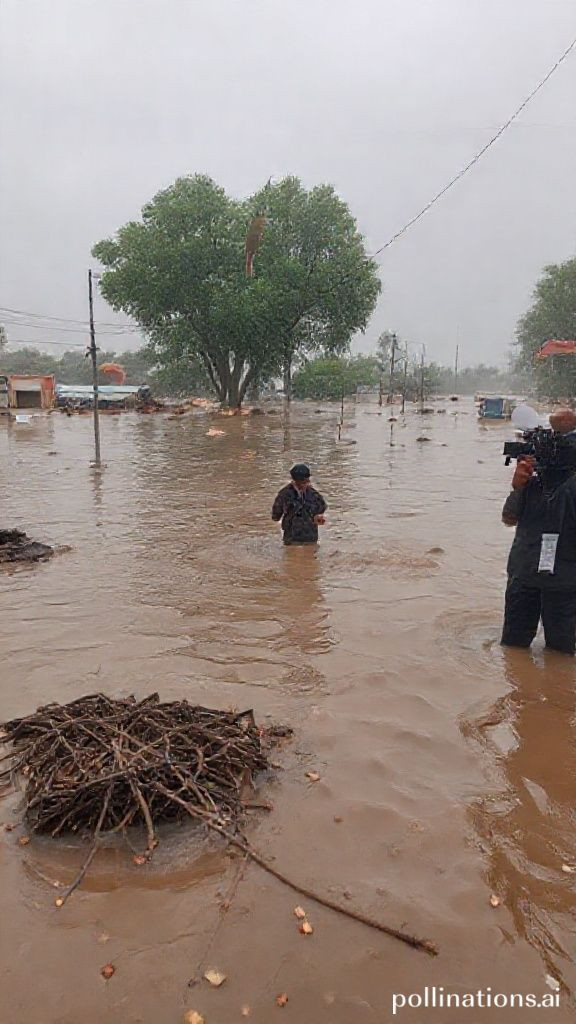
A Positive Psychological Analysis of the Delta Plane Crash
A Positive Psychological Analysis of the Delta Plane Crash

A Positive Psychological Analysis of the Delta Plane Crash
The recent Delta plane crash in Toronto has left many wondering about the underlying factors that contributed to this tragic event. As we reflect on the incident, it's essential to consider not only the mechanical aspects but also the human element. In this analysis, we'll delve into the intersection of human error, aircraft malfunction, and environmental conditions to gain a deeper understanding of what happened.
The Crash A Preliminary Overview
On a cold winter afternoon, Delta Air Lines Flight 5761, a Mitsubishi CRJ-900, attempted to land at Toronto's Pearson International Airport. The plane, carrying 80 passengers and crew members, touched down on the runway with significant force, causing its right wing to sheared off. The aircraft burst into flames, slid down the runway, and flipped over, leaving a trail of destruction in its wake.
The Investigation An Initial Examination
As investigators continue to gather information about the crash, several factors are being considered
1. Weather Conditions On the day of the incident, Toronto experienced blowing snow and winds gusting up to 40 mph (65 kph). While not ideal for landing, aircraft are designed to operate in such conditions.
2. Pilot Error Some experts speculate that the pilots may have failed to flare properly, leading to a hard landing. However, more data is needed to confirm this theory.
3. Aircraft Malfunction The possibility of an aircraft malfunction cannot be ruled out at this stage.
4. Landing Gear Investigators will examine the landing gear to ensure it was properly locked in place.
The Human Factor A Positive Psychological Perspective
As we consider the human element in this incident, it's essential to acknowledge the extraordinary efforts of the flight crew and passengers. Despite the chaos and danger surrounding them, they worked together to evacuate the plane safely. This highlights the importance of
1. Pre-Flight Briefings Flight attendants are trained to ensure all passengers have their seatbelts fastened before landing.
2. Crew Training Pilots and flight attendants undergo rigorous training to prepare for emergency situations.
3. Passenger Preparedness Passengers play a crucial role in ensuring their own safety during an emergency.
The Importance of Seatbelts
Seatbelts are designed to withstand impacts up to 16 times the force of gravity, providing passengers with a critical layer of protection during turbulence or other unexpected events. This incident underscores the importance of proper seatbelt usage and pre-flight briefings.
Is it Safe to Fly?
Despite recent incidents, air travel remains an extremely safe mode of transportation. According to Jeff Guzzetti, an airline safety consultant
The odds of getting injured or killed in a commercial airline accident are far less than driving in your car.
Conclusion A Positive Psychological Outlook
As we reflect on this incident, it's essential to acknowledge the heroic efforts of those involved and the importance of seatbelts, pre-flight briefings, and crew training. By examining the intersection of human error, aircraft malfunction, and environmental conditions, we can learn valuable lessons for future aviation safety.
Recommendations
1. Enhanced Training Pilots and flight attendants should receive additional training on emergency procedures, including hard landing scenarios.
2. Regular Maintenance Aircraft manufacturers and operators should prioritize regular maintenance to ensure the reliability of their equipment.
3. Pre-Flight Briefings Flight attendants should continue to emphasize the importance of proper seatbelt usage during pre-flight briefings.
SEO Optimized Keywords
Positive Psychology
Aviation Safety
Delta Plane Crash
Seatbelts
Pre-Flight Briefings
Crew Training
* Aircraft Maintenance






